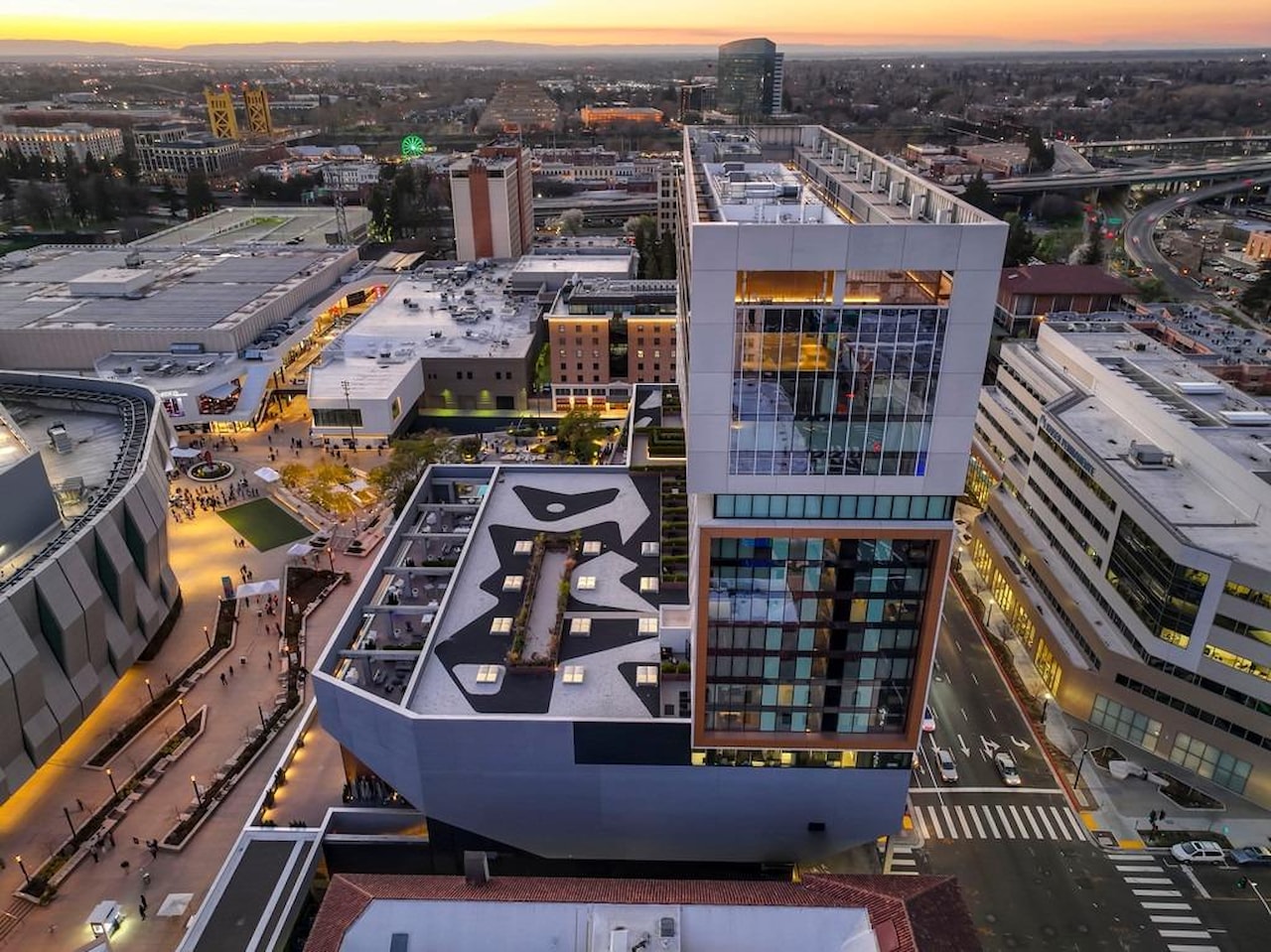Introduction Sacramento has long been considered an affordable alternative to the Bay Area, but that reputation is changing fast. As home prices rise, Bay Area transplants flood the market, and rental rates soar, many locals are asking: Is Sacramento becoming the next San Francisco?
In this blog, we’ll break down the key trends, compare housing costs, and look at whether Sacramento is on track to follow in San Francisco’s footsteps—or if it’s still a unique market with its own trajectory.
1. Home Prices: Sacramento vs. San Francisco
Sacramento’s home prices have skyrocketed in recent years, fueled by an influx of Bay Area buyers. The median home price in Sacramento now sits at $525,000, a 13% year-over-year increase.
Compare that to San Francisco, where the median home price is $1.3 million—still significantly higher, but Sacramento’s rapid appreciation is making some worry about long-term affordability.
Key Takeaway: Sacramento is still cheaper than San Francisco, but the affordability gap is closing fast. If this trend continues, we could see Sacramento’s median price hit $600K or more within the next few years.
2. Migration Trends: Who’s Moving to Sacramento?
With remote work making location more flexible, San Francisco residents are leaving in droves—and many are landing in Sacramento. In fact, Sacramento is the #1 destination for people leaving the Bay Area.
- Top Reasons for the Move:
- Lower cost of living
- Larger homes for the price
- Less congestion and easier commuting
- Work-from-home flexibility
However, while this migration is boosting Sacramento’s economy, it’s also driving up housing costs and making competition tougher for local buyers.
3. Rental Prices: Is Sacramento Still Affordable?
It’s not just home prices—renters are feeling the squeeze too. Sacramento’s average rent for a one-bedroom apartment is now $1,750, up 9% from last year.
Compare that to San Francisco, where the median one-bedroom rent is $2,995, and Sacramento still looks like a bargain—but for how long?
Key Takeaway: Sacramento’s rent is rising at a much faster rate than in previous years, and if housing demand keeps growing, we could see it hit $2,000+ for a one-bedroom in the near future.
4. The Impact on Local Buyers & Renters
Sacramento’s transformation is great for investors and home sellers, but it’s becoming a challenge for locals who have lived here for years. With home prices and rents rising fast, some longtime residents are struggling to stay in the market.
- First-time homebuyers are getting priced out due to increased competition.
- Renters are facing higher costs with fewer affordable housing options.
- Gentrification concerns are growing, especially in historically lower-income neighborhoods.
5. What’s Next? Will Sacramento Fully Become the Next San Francisco?
While Sacramento’s trajectory mirrors some aspects of San Francisco’s past, it still has key differences:
- Zoning laws in Sacramento allow for more housing development compared to SF’s notoriously restrictive policies.
- The job market isn’t as tech-heavy, which means wages aren’t keeping pace with rising home prices.
- Geographic expansion is still possible, with suburban areas like Elk Grove and Roseville offering more affordable options.
Bottom Line: Sacramento isn’t quite San Francisco—yet. But if current trends continue, the city could become unaffordable for many longtime residents in the next decade.

6. Migration Trends
The influx of Bay Area residents to Sacramento has been a key driver of the city’s housing market dynamics. This trend, which accelerated during the COVID-19 pandemic, continues to shape Sacramento’s real estate landscape[1]. The relative affordability of Sacramento compared to the Bay Area remains a significant draw for those seeking more affordable housing options.
For instance, the median home price in San Francisco remains above $1.4 million, making Sacramento’s median home price of $464.9K significantly more accessible. This price disparity continues to drive migration into Sacramento, particularly among middle-income families and younger professionals seeking affordable housing without completely leaving California’s economic hubs.
Future Outlook
While Sacramento’s housing market has shown significant growth, it’s not expected to fully replicate San Francisco’s extreme housing costs in the near future. Forecasts for 2025 suggest a more stable market:
- The California Association of Realtors predicts a 4.6% increase in the state’s median home price for 2025, reaching $909,400. Sacramento is expected to mirror this trend with continued growth in home prices.
- However, some forecasts suggest a slight downturn, with a projected 2% decrease for the Sacramento–Roseville–Arden-Arcade market by September 2025.
- Overall, Sacramento’s housing market is projected to see a 3-5% annual price increase through 2025, driven by high demand and limited inventory.
Final Thoughts: What Do You Think?
Is Sacramento heading in the same direction as San Francisco? Should there be policies to keep housing affordable for locals? Or is this just the natural evolution of a growing city?
Drop a comment below or reach out—I’d love to hear your thoughts!




